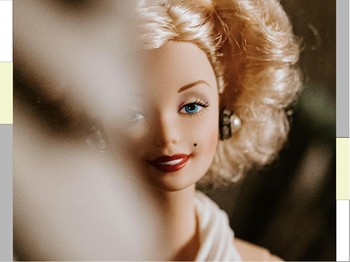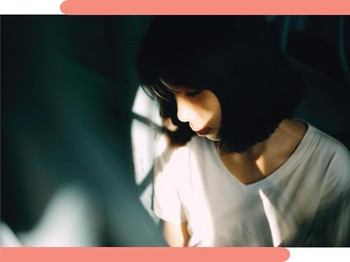Carl Jung introduced the term introvert and extrovert, which are two personality types that sort people into how they get or spend their energy. According to Carl Jung, extroverts seek out other people for their energy needs, while introverts turn to their own minds to recharge. Generally, an introvert is someone who feels more comfortable focusing on their inner thoughts and ideas rather than what's happening externally. They enjoy spending time with just one or two people rather than being in a large group.
There's a misconception that introverted people are someone who is shy or quiet and prefers to be alone. While that may be true for some introverts, it doesn't necessarily mean all introverted people are the same. Some people are more introverted than others, others fall right in the middle of the scale. To put it simply, introverts usually have a few extroverted traits mixed in with their introverted ones, and vice versa.
According to a study conducted in 2011, psychologists Jennifer Grimes, Jonathan Cheek, and Julie Norem challenged the idea that introversion is a blanket term, instead, dissecting it into four different types that impact people differently; social introverts, thinking introverts, anxious introverts, and restrained introverts. What distinguishes one and the other?
Social Introverts
This kind of person isn't necessarily shy, but they prioritize alone time or streamlined social interactions. Social introverts prefer small groups and quiet settings over crowds. They tend to enjoy intimate gatherings above big parties, or one-on-one coffee catch ups rather than brunches with a large group.
Thinking Introverts
Often called daydreamers, thinking introverts spend a generous amount of their time in their thoughts and tend to have creative imaginations. They love hypothesizing, creating, ideating, and storytelling to the extent that it dominates much of their mental space, thus de-prioritizing other people as an unintended effect. Because of their high introspective trait, they might come across as aloof when they're really just processing the situation and tend to get mistaken as being passive because they are not quick to react. Thinking introverts recharge themselves by utilizing me-time to self-reflect and explore their ideas internally.
Anxious Introverts
Anxious introverts seek alone time because they often feel awkward or shy around people. They can feel genuinely unsettled in social gatherings and even when alone. Reserved is one way to describe anxious introverts. They will most likely avoid people and settings that exacerbate their anxiety. While it might come off as avoidant or rude, it's all just their protective defense mechanism operating. It doesn't mean they don't like company, but they are pretty aware of their comfort zones and don't like their boundaries and bubbles to be crossed.
Restrained Introverts
These introverts think before they act, they aren't likely to make a decision on a whim, making them typically need longer time to take action. Restrained introvert simply doesn't show their cards upfront as it is usually highly guarded at first. This makes them practical and grounded in their approach to life. But once you get to know them, they are happy to play with open hands. They also enjoy predictable activities and can detach from their emotions with ease.
Your introverted 'level' may change over time, and in different settings too. No matter what archetype you identify with most, remember that being an introvert period wields many subdued strengths when it comes to genuinely connecting with people, be it with your ideas, your sensitivity, or your expertly honed ability to set up a party.



